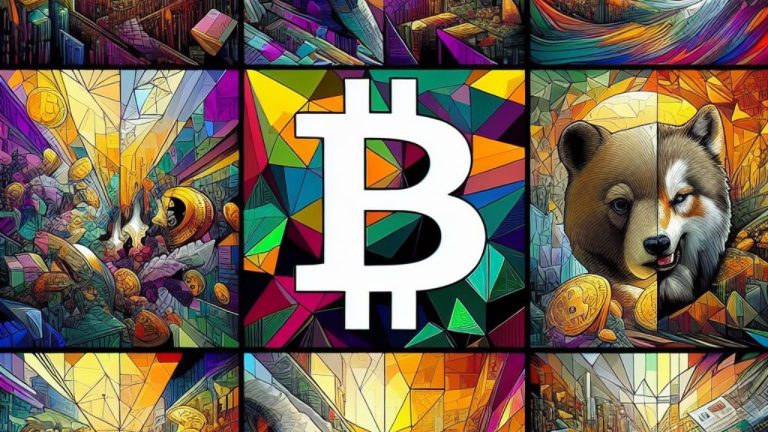
Elon Musk, the chairman of X, has referred to non-fungible tokens (NFTs) and the defects of their implementation, indirectly making the case for inscriptions. Answering a post on X on the topic of NFTs, Musk suggested saving the jpeg (an image format) of the NFT on the blockchain, like inscriptions are currently saved on Bitcoin.
Elon Musk Indirectly Nods at Ordinal Inscriptions
Elon Musk has given indirect support to Ordinal inscriptions, a series of images and other data saved on the BTC blockchain. In an X post commenting on the issue of non-fungible token (NFT) data, and how it can be linked to content not owned by the issuers, that can be removed, Musk declared:
Yeah, at least encode the jpeg on the blockchain!
Musk’s complaints about how standard NFTs work are not new. On the Joe Rogan Experience podcast, Musk stated:
The funny thing is the NFT is not even on the blockchain — it’s just a URL to the JPEG.
As Musk explained, earlier NFT implementations featured a link to the content highlighted in the file that led to a website, something that was pointed out by critics of the NFT mania back in the day. However, Ordinal inscriptions and Stamps, two recently introduced protocols, allow users to save the desired media directly on top of the Bitcoin blockchain, securing the longevity of the file.
The rise of these inscriptions has raised discussions on what constitutes a “fair use” of the blockchain space, with some mining pools even opting to filter transactions containing them, considering these inscriptions “spam.”
The post that started the discussion featured a video and a song about NFTs that Musk also posted in 2021. Leonidas, a co-founder of Ord.io, later reported this video was inscribed on Bitcoin by an unknown user who paid $7,223 in fees to this end. The file, identified as Inscription 51,887,020, has a size of 366.57 KB.
What do you think about Elon Musk’s views on NFTs? Tell us in the comments section below.
from Bitcoin News https://ift.tt/i6a92sG
Comments
Post a Comment